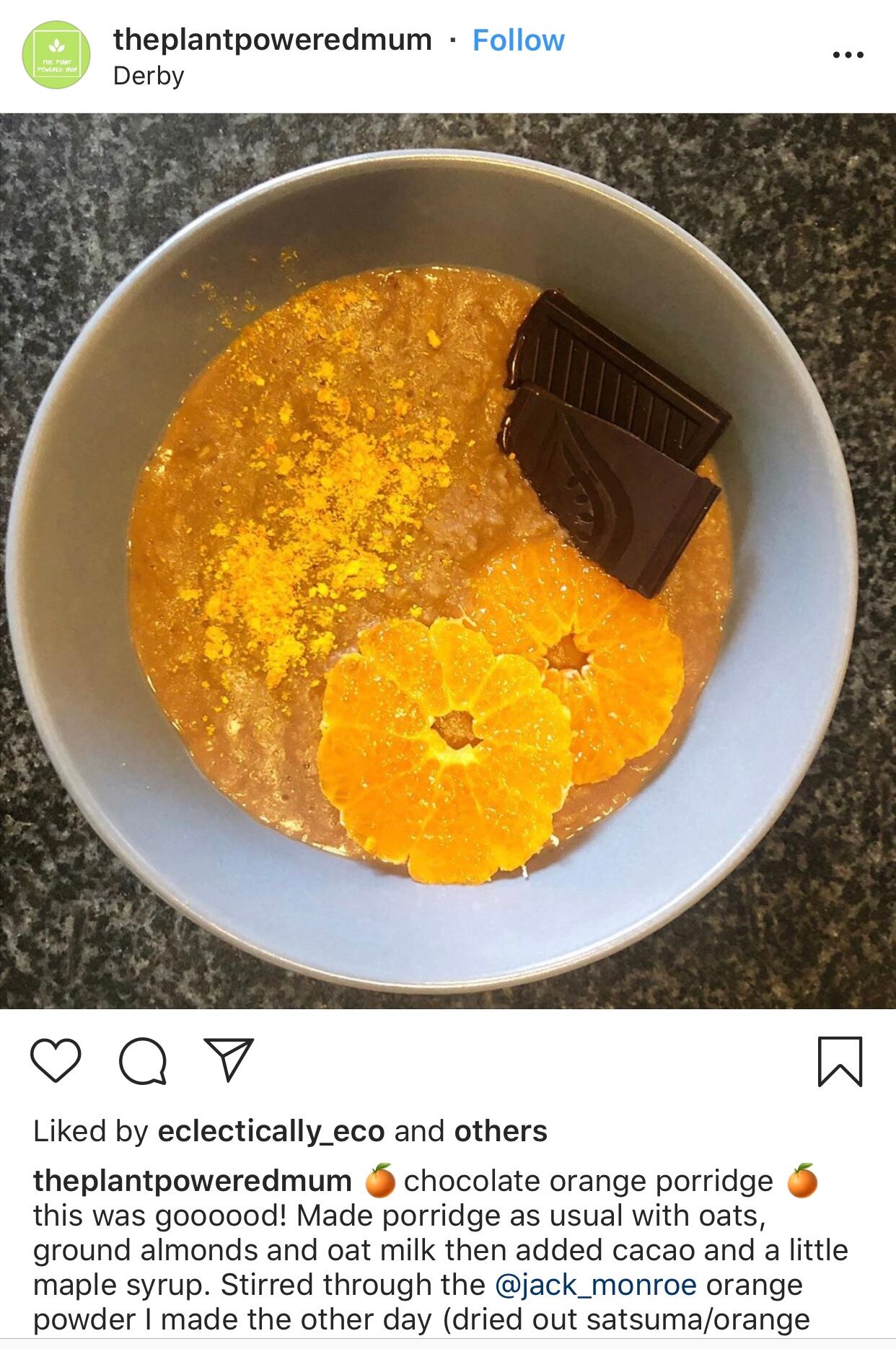Whether it be inspired by food bloggers or influencers, there is a growing role for more colorful food and beverage products.

A Maru/Matchbox survey found that 69% of millennials post a photo or video of their meal on platforms such as Instagram — essentially creating a free ad for brands. With over a billion monthly users, Instagrammable offerings are crucial for brands.
Innova Market Insights research found that the top color for food and beverage launches featuring colorings in both North America and Europe were red and brown. The fastest growing options from 2014 to 2018 were red and yellow in North America, but orange and purple in Europe.
Orange is the new black
Orange is the new black
Dutch colors supplier GNT just expanded their new EXBERRY Brilliant Orange formats, allowing manufacturers to offer bright orange shades in a wide range of applications.
The powder and oil-dispersible formats are made from paprika and carrot.
The EXBERRY Shade Brilliant Orange powder is oil-soluble and water-dispersible. It is designed for a broad range of applications such as bakery and savory products. The oil-dispersible EXBERRY Shade Brilliant Orange Intense, meanwhile, is ideal for compound coatings, spray-coated oil seasonings and other fat-based applications.
“Our EXBERRY Brilliant Orange shades can bring a sense of sunshine and joy to food and drink,” Maartje Hendrickx, Market Development Manager at GNT Group, told NutraIngredients-USA. “EXBERRY Coloring Foods are available in all colors of the rainbow, but we’re always looking for opportunities to enhance our product portfolio. We’re delighted that we’ve been able to expand our Brilliant Orange range with these two new formats. The powder and oil-dispersible products enable manufacturers to make use of these vivid, clean-label colors in an even wider range of applications.
“We are delighted to add these new Brilliant Orange products to our range of EXBERRY Coloring Foods. With a liquid format already available, it means we can help manufacturers deliver stunning orange shades for a vast range of food and drink applications,” added Sonja Scheffler, product manager at GNT.
GMT said the new products are pH-independent and offer good light, heat stability and shelf life. They are 100% plant-based, halal and kosher and are made without any chemical solvents. GMT offers a perfect clean-label replacement for artificial colorants as well as additives such as annatto, beta carotene and paprika extract.
Creating the right color: easier said than done
Anthocyanins are the naturally bright pigments found in fruits and vegetables. Anthocyanin comes from two words, “antho” which means flower and “cyanin” means blue.
“The basic colors blue, purple, red and orange have a direct relation with the number of hydroxyl groups and indirect relation with the number of methoxyl groups,” explained S. Wahyuningsih et al.
However, anthocyanins are unstable in their native state.
“Anthocyanins are more stable at low pH (acidic conditions) which gives a red pigment. Meanwhile, the higher the pH value of anthocyanin will provide color fading of the color blue. So as a food colorant, anthocyanin with a low pH or height pH has a significant effect on the food colorant.”
In addition to pH, performance can be impacted by factors such as chemical structure, temperature, light, oxygen, ascorbic acid, sulfur dioxide and other common ingredients.
With this in mind, S. Wahyuningsih et al. pointed out that the instability of this functional ingredient limits its use and different preparations must be evaluated to avoid anthocyanin degradation.
Source: International Conference On Food Science and Engineering
193 (2017) 012047 doi:10.1088/1757-899X/193/1/012047
“The Effect of pH and Color Stability of Anthocyanin”
Authors: S. Wahyuningsih et al.




